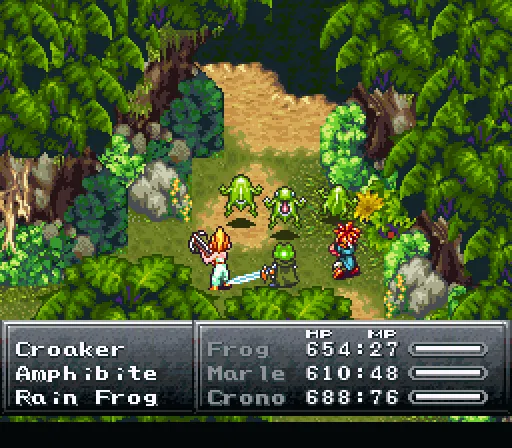this post was submitted on 14 Aug 2025
56 points (92.4% liked)
askgaming
95 readers
1 users here now
A Fediverse community for questions related to gaming.
It's dangerous to go alone! Join AskGaming.
Please phrase all post titles in the form of a proper question ending with ?
Related communities:
!TipOfMyJoystick@retrolemmy.com
!videogamesuggestions@lemmy.zip
!patientgamers@sh.itjust.works
founded 5 days ago
MODERATORS
you are viewing a single comment's thread
view the rest of the comments
view the rest of the comments

The most important factors in the real-time/turn-based split are thinking time and immersion. One of the common goals in gaming is to create flow state, the sensation of being presented with challenges that occupy your mind with some effort but don't overwhelm it. If you want to have a more complex level of strategy in combat, it has to move toward turn-based. The player needs the chance to turn their attention toward various elements and manipulate them through the abstraction layer of the controls to achieve their desired result. However, the further you move toward turn-based, the further you move away from immersion, not that their attention is elsewhere, simply that there is no feeling of immediacy, which leads to a sense of the combat as its own puzzle/game, separate from the in-character motion. Toward the real-time end of the scale, there is little to no thinking time, which narrows the possible depth of strategy to what can be crammed into a few key/button presses, but gives the emotional impact of immersion.
Different people land at different places on the scale because of their ability to process complex situations and at what speed. It's a 2D space with speed and depth orthogonal to one another. High speed + low depth = basic FPS.
high depth + high speed = RTS.
low speed + high depth = turn-based.
low speed + low depth = auto-battler
You can't target everyone with a single game, but there are players for any one you choose.